|
Advertisement
|
Quantum tic-tac-toe
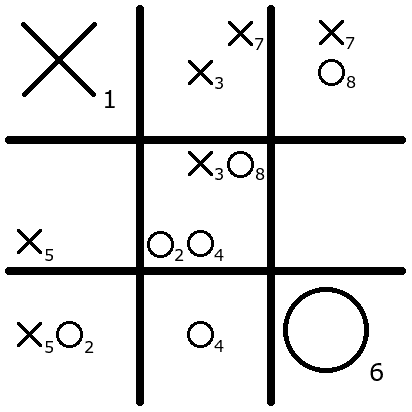
DescriptionQuantum tic-tac-toe is a "quantum generalization" of tic-tac-toe in which the players' moves are "superpositions" of plays in the classical game. The game was invented by Allan Goff of Novatia Labs. Quantum tic-tac-toe captures the three quantum phenomena discussed above by modifying one basic rule of classical tic-tac-toe: the number of marks allowed in each square. Additional rules specify when and how a set of marks "collapses" into classical moves. On each move, the current player marks two squares with their letter (X or O), instead of one, and each letter (X or O) is subscripted with the number of the move (beginning counting with 1). The pair of marks are called spooky marks. (Because X always moves first, the subscripts on X are always odd and the subscripts on O are always even.) For example, player 1's first move might be to place "X1" in both the upper left and lower right squares. The two squares thus marked are called entangled. During the game, there may be as many as eight spooky marks in a single square (if the square is entangled with all eight other squares). The phenomenon of collapse is captured by specifying that a "cyclic entanglement" causes a "measurement". A cyclic entanglement is a cycle in the entanglement graph; for example, if square 1 is entangled via move X1 with square 4, and X1 collapses into square 1. This forces O4 to collapse into square 8 and X3 to collapse into square 4. When a move collapses into a single square, that square is permanently marked (in larger print) with the letter and subscript of the collapsed move — a classical mark. A square containing a classical mark is fixed for the rest of the game; no more spooky marks may be placed in it. The first player to achieve a tic-tac-toe (three in a row horizontally, vertically, or diagonally) consisting entirely of classical marks is declared the winner. Since it is possible for a single measurement to collapse the entire board and give classical tic-tac-toes to both players simultaneously, the rules declare that the player whose tic-tac-toe has the lower maximum subscript earns one point, and the player whose tic-tac-toe has the higher maximum subscript earns only one-half point. Game DiscussionsAdd CommentYou need to be logged in to comment. Insert Bullet List Please enter at least one item. Item: Item: Item: Item: Item: Insert Numeric List Please enter at least one item. Item: Item: Item: Item: Item: Insert Link Please enter the link of the website Optionally you can add display text Insert Email Please enter the email address Optionally add any display text Insert Image Please enter the link of the image Insert YouTube Video Please enter the link of the video MarketplaceNo listings at the moment. Do you own this game? Click here to list it for sale.
Similar Games
|
Best Sellers
Board Games
|
||||||||||||||
Latest Searches: Arkham+Horror+second+Edition | star+wars+monopoy | Caroms | Robinson Crusoe Mystery Tales | Silver+City | U of m monopoly | Lake George-opoly | Hungry higgs | quote | Superman card game | kings+crossing | conex | west bank poly | Newark+opoly | Rivers | Fortune+and+glory | mississippi marbles | trivial pursuit games | San+Leandro+o+poly | Star+Wars+Black+Series+First+Order+Stormtrooper | peeg | Elbert | Star Wars The Black Series Boba Fett (Prototype Armor) | Bettyboop | Martin+trivia+cards | He+of+the+month | gals and guys | oh really | Marvel Avengers Iron Man FX Mask | runebound+seacond+ed
All Rights Reserved


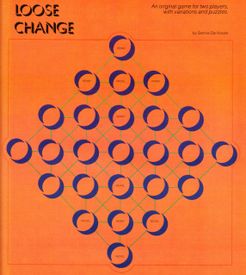
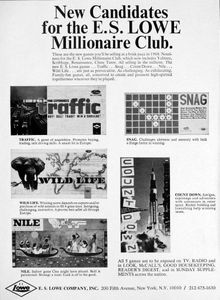
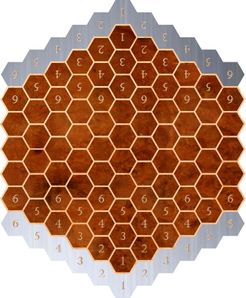


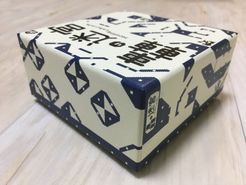
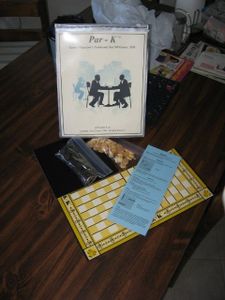
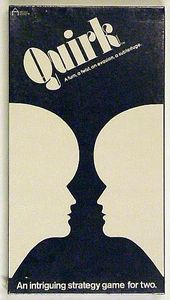
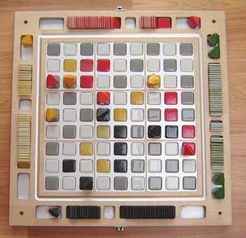
Comments (0)